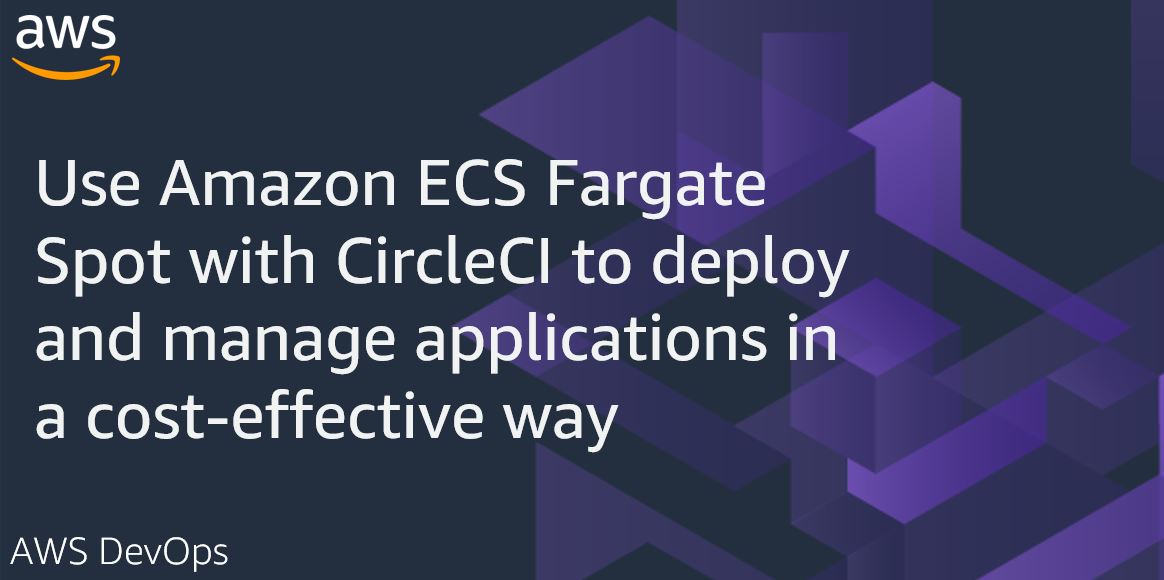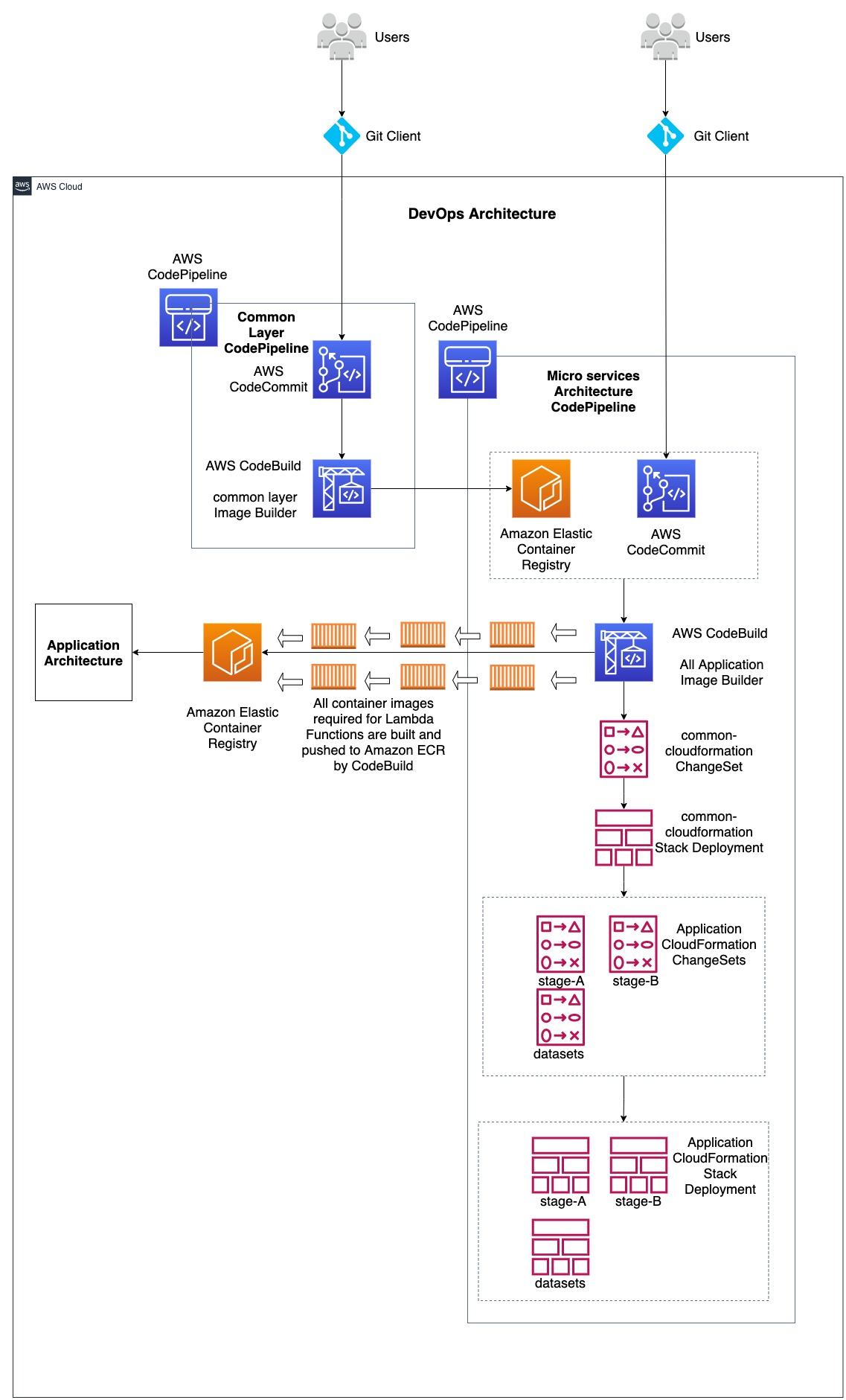AWS DevOps & Developer Productivity Blog
Use Amazon ECS Fargate Spot with CircleCI to deploy and manage applications in a cost-effective way
This post is written by Pritam Pal, Sr EC2 Spot Specialist SA & Dan Kelly, Sr EC2 Spot GTM Specialist Customers are using Amazon Web Services (AWS) to build CI/CD pipelines and follow DevOps best practices in order to deliver products rapidly and reliably. AWS services simplify infrastructure provisioning and management, application code deployment, software […]
Improve the performance of Lambda applications with Amazon CodeGuru Profiler
Amazon CodeGuru Profiler recently began providing recommendations for applications written in Python. Additionally, the new automated onboarding process for Lambda functions makes it even easier to use CodeGuru Profiler with serverless applications built on Lambda. This post highlights these new features by explaining how to set up and utilize Codeguru Profiler on an AWS Lambda function written in Python.
Build Next-Generation Microservices with .NET 5 and gRPC on AWS
Microservices commonly communicate with JSON over HTTP/1.1. These technologies are ubiquitous and human-readable, but they aren’t optimized for communication between dozens or hundreds of microservices. Next-generation Web technologies, including gRPC and HTTP/2, significantly improve communication speed and efficiency between microservices. AWS offers the most complete platform for builders implementing microservices — and the addition of HTTP/2 and gRPC support in Application Load Balancer (ALB) provides an end-to-end solution for next-generation microservices. ALBs can inspect and route gRPC calls, enabling features like health checks, access logs, and gRPC-specific metrics. This post demonstrates .NET microservices communicating with gRPC via Application Load Balancers.
Deploying custom AWS Config rules developed for Terraform using AWS Config RDK
To help customers using Terraform for multi-cloud infrastructure deployment, we have introduced a new feature in the AWS Config Rule Development Kit (RDK) that allows you to export custom AWS Config rules to Terraform files so that you can deploy the RDK rules with Terraform. This blog post is a complement to the previous post […]
Create CIS hardened Windows images using EC2 Image Builder
Many organizations today require their systems to be compliant with the CIS (Center for Internet Security) Benchmarks. Enterprises have adopted the guidelines or benchmarks drawn by CIS to maintain secure systems. Creating secure Linux or Windows Server images on the cloud and on-premises can involve manual update processes or require teams to build automation scripts […]
Deploying Alexa Skills with the AWS CDK
You can, and should, strive for Infrastructure-as-Code (IaC) and CI/CD in every project, including your Alexa Skills! Come learn how to use the AWS CDK to define your Alexa Skills as code and deploy them with a single CLI command or as part of a CI/CD workflow.
Deploy a Docker application on AWS Elastic Beanstalk with GitLab
Many customers rely on AWS Elastic Beanstalk to manage the infrastructure provisioning, monitoring, and deployment of their web applications. Although Elastic Beanstalk supports several development platforms and languages, its support for Docker applications provides the most flexibility for developers to define their own stacks and achieve faster delivery cycles. At the same time, organizations want […]
Using AWS CodePipeline for deploying container images to AWS Lambda Functions
AWS Lambda launched support for packaging and deploying functions as container images at re:Invent 2020. In the post working with Lambda layers and extensions in container images, we demonstrated packaging Lambda Functions with layers while using container images. This post will teach you to use AWS CodePipeline to deploy docker images for microservices architecture involving […]
Introducing public builds for AWS CodeBuild
Using AWS CodeBuild, you can now share both the logs and the artifacts produced by CodeBuild projects. This blog post explains how to configure an existing CodeBuild project to enable public builds. AWS CodeBuild is a fully managed continuous integration service that compiles source code, runs tests, and produces software packages that are ready to […]
CICD on Serverless Applications using AWS CodeArtifact
Developing and deploying applications rapidly to users requires a working pipeline that accepts the user code (usually via a Git repository). AWS CodeArtifact was announced in 2020. It’s a secure and scalable artifact management product that easily integrates with other AWS products and services. CodeArtifact allows you to publish, store, and view packages, list package […]









